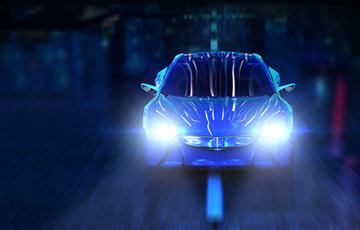IoT News | G+D presents new security chips for the connected car

Giesecke+Devrient (G+D) is launching Sm@rtSIM® CX Luna1.3M, a new range of security chips for the automotive industry. They are based on Infineon’s next generation SLI37 automotive security controller and offer a multifunction platform for eSIM applications, IoT and digital car key solutions.
The automotive industry is undergoing a major change. One of the key drivers of this transformation is the connected car. More and more vehicles are connecting to mobile networks in order to link to emergency service systems and enable extended features such as telematic services. At the same time, a driver’s need for cellular connectivity for infotainment applications is increasing. Additional challenges arise from the development of autonomous driving, as this technology places high demands on the bandwidth of network connections.
For the numerous challenges of the connected car, G+D has developed Sm@rtSIM® CX Luna1.3M – the next generation industrial and automotive grade product suite. It is based on Infineon’s newest security controller SLI37, which meets the technical specifications of the automotive industry and is specifically tailored to the challenging environmental conditions of automobiles. With a faster CPU and larger memory, they enable several innovative applications for the connected car.
G+D’s new products based on these controllers allow automotive manufacturers to provide highly secure and high-performance mobile connections via eSIM technology. They support 5G standalone networks and cover all eSIM consumer and M2M use cases. A special DSDA add-on (Dual SIM Dual Active) is available to automotive manufacturers. This allows to equip vehicles with two eSIM modules: One for using the drivers personal subscription for infotainment services and one for the services provided by the carmaker. The DSDA add-on includes the management of both chips remotely via one central G+D’s AirOn eSIM management platform, thereby simplifying their logistical processes. For example, manufacturers have the option to upload the correct network…



